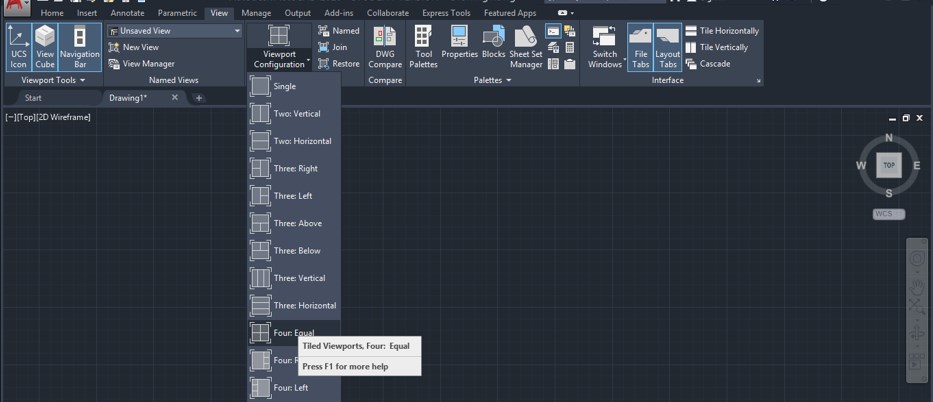

Prior to 1990, an AutoCAD Viewport was simply a partition of the display graphics area. Against this backdrop, what is a Viewport? What is AutoCAD Viewport? In this regard, modern-day AutoCAD viewports – as we know them today – were first introduced in October 1990. This version also boasted Viewport-specific layer visibility. In addition, as part of Release 11, users could now include multiple views of a model in a single plot or paper space, complete with title blocks, annotation text, and so on. (A model space refers to the limitless drawing area on AutoCAD.) TILEMODE specifically achieved this by ensuring that Viewports now displayed the objects contained in the model space rather than being simple partitions of the display graphics area. Used to enable paper space, TILEMODE helped modify the meaning of Viewports. For instance, AutoCAD Release 11, released in October 1990, revamped viewports by introducing a system variable known as TILEMODE. Since then, the command and the associated viewports feature have been progressively improved.

Based on the release notes, the first iteration of AutoCAD Viewport was released in 1988. REDRAWALL refreshes the display of all viewports, while REGENALL regenerates all models in the viewports. The VPORTS command enabled users to create and control multiple viewports. However, it was not until October 1988 that Autodesk included the VIEWPORTS (VPORTS), REGENALL, and REDRAWALL with the launch of AutoCAD Release 10. In 1984, as part of AutoCAD Version 2.0 (Release 5), for example, Autodesk introduced a new command called VIEW, whose use enabled the creation of named views.

Throughout AutoCAD’s now 40 years’ history, its developer, Autodesk, has progressively added new features packaged as new versions, with newer features building on the capabilities brought by the features that came before them.
#Autocad viewport how to


 0 kommentar(er)
0 kommentar(er)
